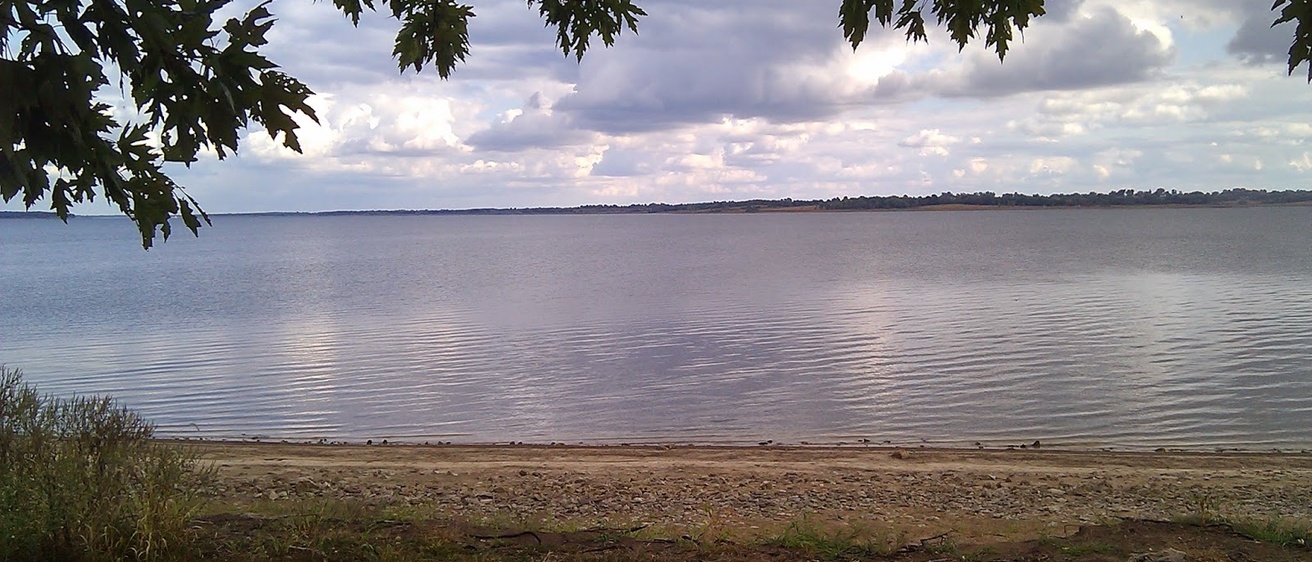For Iowans, Rathbun Lake is a popular recreation site, as well as a vital source of drinking water.
So when the lake began experiencing problems with excess sediment and soil erosion, local residents and officials turned to experts at the University of Iowa’s State Hygienic Laboratory.
Don Simmons, the State Hygienic Lab’s interim associate director of environmental health, says the lab conducts environmental testing in every county in the state for the Iowa Department of Natural Resources and Iowa residents. The lab monitors monthly water quality data at about 75 sites statewide.
Simmons says the Rathbun watershed project, which includes Rathbun Lake and all of the water that flows into it, began in 2011.
To help control the soil runoff, local officials did a lot of dredging, or cleaning the bottom of the lake by scooping out mud, weeds, and other debris to make it deeper.
The State Hygienic Lab provided DNR and Rathbun Land and Water Alliance officials with water quality data to make sure these activities weren’t harming the ecosystem. Three streams in the Rathbun watershed in south central Iowa were sampled twice monthly for nutrient parameters (nitrogen and phosphorus forms) and stream flow. Continuous monitoring of temperature and dissolved oxygen was also required for these stream sites.
“This is a multi-agency project to ensure the water is of good quality and a safe source of drinking water,” Simmons says. “It’s very valuable to study lakes like this and what the impacts of soil erosion are on the water quality itself.”
Water monitoring results are assessed annually to inform best management practices and to determine if and what future monitoring efforts are needed.
